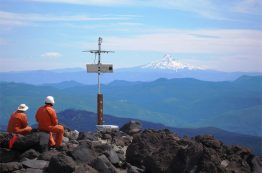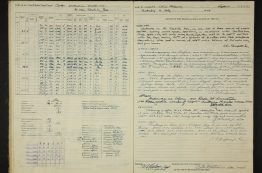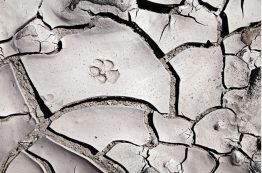The U.S. Geological Survey (USGS) today announced $10.4 million in funding to the Pacific Northwest Seismic Network (PNSN), based at University of Washington, to support the ShakeAlert earthquake early warning system. Some $7.3 million of the funding will go to the UW. The PNSN is responsible for monitoring earthquakes and volcanoes in Washington and Oregon. It is a partnership between the University of Washington, the University of Oregon and the USGS.
Read more at UW News »First evidence of human-caused climate change melting the West Antarctic Ice Sheet
A new study reveals the first evidence of a direct link between human-induced global warming and melting of the West Antarctic Ice Sheet. A research team led by the British Antarctic Survey that included the University of Washington found that curbing greenhouse gas emissions now could reduce this region’s future contribution to global sea level rise. Ongoing ice loss in West Antarctica has increased over the past few decades.
Read more at UW News »New fellowship supports global water research
With water-related challenges on the rise around the world, there is a splash of good news. A newly established Ivanhoe Foundation Endowed Fellowship will support UW graduate students who are gearing up to tackle some of the most pressing water-related challenges in developing countries. Addressing complex water-related challenges around the globe requires creative problem-solving and the ability to translate cutting-edge research into real-world solutions, according to the Ivanhoe Foundation.
Read more at UW Civil & Environmental Engineering »More than 100 years of Arctic sea ice volume reconstructed with help from historic ships’ logbooks
Our knowledge of sea ice in the Arctic Ocean comes mostly through satellites, which since 1979 have imaged the dwindling extent of sea ice from above. The University of Washington’s Pan-Arctic Ice Ocean and Modeling System, or PIOMAS, is a leading tool for gauging the thickness of that ice. Until now that system has gone back only as far as 1979.
Read more at UW News »How the Pacific Ocean influences long-term drought in the Southwestern U.S.
The Southwest has always faced periods of drought. Most recently, from late 2011 to 2017, California experienced years of lower-than-normal rainfall. El Niño is known to influence rain in the Southwest, but it’s not a perfect match. New research from the University of Washington and the Woods Hole Oceanographic Institution explores what conditions in the ocean and in the atmosphere prolong droughts in the Southwestern U.S.
Read more at UW News »





